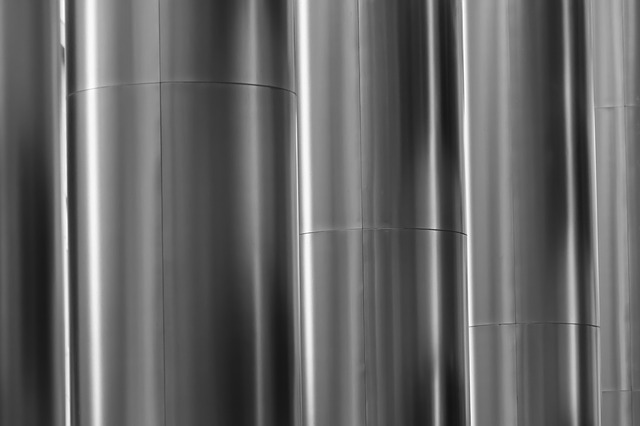Aluminium is a very versatile metal with some unique positive properties. One would be surprised as a consumer, where it is everywhere with contained. As a technician or engineer in product development you should take a look at it. What makes aluminium such a unique material?
The advantages of aluminium
The most important advantage of aluminium is its relatively low specific weight. This means that aluminium is very light compared to other metals, but still has a similarly high load-bearing capacity.
Another advantage is its resistance to environmental influences. While iron rusts, copper discolours, etc. – Aluminium remains just as it is. No matter whether it is in contact with water or other environmental factors. This is because the metal forms a protective layer of aluminium oxide on the surface all by itself.
Aluminium does not crack or break, but only deforms. This makes it very easy to work with.
After use, it can be almost completely reused with the help of recycling.
It is non-magnetic and the structure of the material is such that all UV radiation is shielded.
Where aluminium is used
If you take a look at these advantages, you will quickly see why aluminium wholesale (Aluminium Großhandel) is a popular contact point for producers from a wide variety of industries. And one thing is certain, light metal will probably continue to play a very important role in the future. One indicator of this, for example, is the continuous rise in the price of aluminium since 2016. Global industrial production is increasing and the number of products where it is used is also rising.
Here is another example from practice where aluminium is used as a material, although one would perhaps not suspect it at all: Textile clamping frames (Textilspannrahmen)
Such frames are used in marketing to achieve large advertising spaces as stable as possible, but also to make them easy to transport. Aluminium is an excellent material for this purpose. Textile clamping frames are usually manufactured in such a way that the aluminium rods can be flexibly assembled as in a modular system. A kind of Lego in large. This allows advertisers to build the frame for an advertising space as large as necessary. Once the advertising medium changes, the scaffold is simply adapted to the new size. So full flexibility. Here is an example:
The advertising itself is printed on a large piece of textile and not on paper, as is often the case. The advantage of this is that textiles are weather-resistant. They can also be folded up after use and repositioned elsewhere. This makes textile clamping frames made of aluminium ideal for flexible use of advertising space, whether at trade fairs, advertising stands or on house walls.
